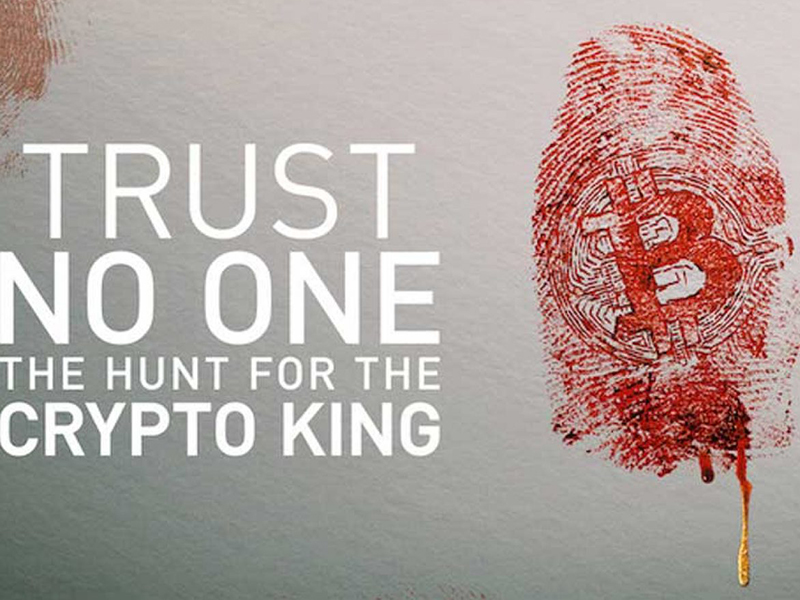Alumni investigations highlighted in Trust No One Netflix documentary

Trust No One: The Hunt for the Crypto King is a recently-released Netflix documentary that follows a group of cryptocurrency investors who investigate the untimely death of their exchange's founder, Gerry Cotten, as well as the $250 million that they suspect he stole from them.
The documentary features alumni Alexandra Posadzki, a 2013 graduate, and Joe Castaldo, a 2006 graduate, who both investigated the story for The Globe and Mail in 2018 and 2019. Posadzki is a telecom reporter for The Globe and Castaldo is a reporter for The Globe’s Report on Business.
“It was very satisfying to actually get to share what was such a bizarre story for a broader audience,” Posadzki says. “It was a little bit tricky to try to remember things that we had discovered quite a while ago, but we still had all our notes and all the documents and timelines to go back to.”
Posadzki says she had been hearing rumors about QuadrigaCX for months before she started looking into it. Michael Patryn, one of the cofounders of the exchange and a convicted felon who changed his name when he came to Canada, was one of the main reasons the company caught their attention. She adds that people also started writing to her about how they had trouble getting money out of the exchange, and so that’s when they started digging into it.
"A month or two after that is when Gerry Cotten died and everything blew up,” Castaldo says. “Obviously this is a fascinating story. All this money was missing. He died in mysterious circumstances. There was a potential felon cofounder involved. There were just so many intriguing elements to it. It was hard to resist.”
Castaldo says that when they were reporting on the story, they were trying to figure out what happened, who Gerry Cotten was, and who else may have been involved. “The documentary then came a few years later after those basic facts were known, and so I think they had to approach it from a different angle that would resonate with a wider audience, and I think looking at that through the lens of the victims was probably one way to do that,” he says.
Posadzki says the investigative journalism class she took while in journalism school had helped open her eyes to how exciting the field could be, and the class also introduced her to useful tools and techniques for doing investigative journalism.
For Castaldo, part of what intrigued him about journalism was fascinating stories, narratives, and great writing and storytelling, and “things that are a little offbeat.” This story combined a lot of that, he says.